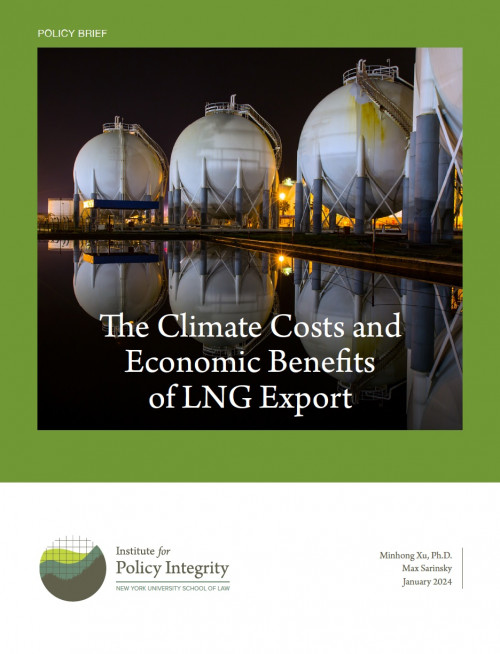Gas provides nearly a quarter of the world’s total energy supply. As part of that supply chain, gas is shipped between continents in the form of liquefied natural gas (LNG).
The United States is now the world’s largest LNG exporter following a surge in gas exports since 2016. At the federal level, approval authority for LNG exports lies with the U.S. Department of Energy (DOE), which has broad permitting authority over most gas exports. Since 2010, DOE has approved dozens of discretionary, long-term export applications. These export approvals are valid for decades, with many extending through 2050.
But these approvals have generated controversy due to their climate effects. Some environmental advocates and elected representatives have urged DOE to reform its approach to LNG permitting to focus more on the climate impacts of supplying other countries with gas for decades. In response to these calls, the executive branch has issued a “temporary pause” on discretionary export approvals so that DOE can “update the underlying analyses for authorizations” to facilitate a proper balancing of environmental and economic impacts.
This policy brief provides an analysis to support that effort to balance the full range of impacts from LNG export. Using DOE’s own published studies, we compare the climate cost per unit of LNG export to the economic benefit (measured using consumer welfare). We find that climate costs likely exceed economic benefits. While the precise difference depends on several factors—including the share of gas production that merely displaces fossil-fuel production from other sources, the economic value assigned to climate damages, and the adoption of carbon-capture technology—gross climate damages greatly exceed economic benefits under all scenarios evaluated.
These findings provide useful insights as DOE prepares to re-evaluate the LNG export program. In particular, our findings provide a potential basis for DOE to rationally conclude that future export applications do not serve the public interest. At a minimum, our analysis supports DOE’s efforts to more closely scrutinize export applications and provides important data points for the agency’s consideration.

